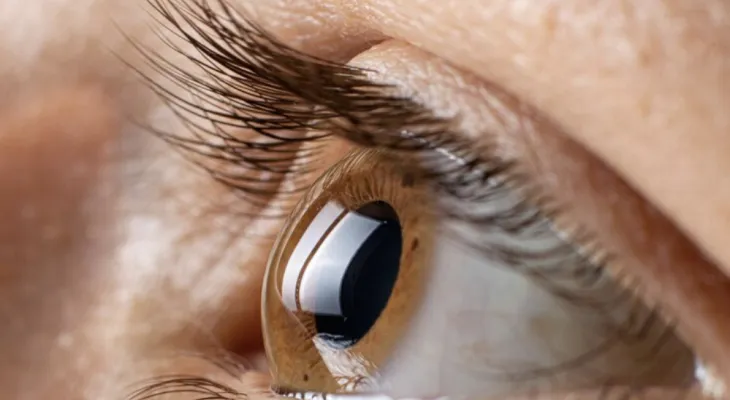Search here
Newspaper
Search here

Arab Canada News
News

Published: January 30, 2022
The eye is often described as a key indicator of an individual's health, and as its flexibility decreases due to aging, it becomes difficult for it to properly shape itself to see objects close by, such as reading.
Some eye-related health conditions can lead to vision loss if left untreated.
Among these problems is retinal detachment, an emergency condition where a critical layer of tissue or the retina at the back of the eye begins to pull away from the layer of blood vessels that supply it with oxygen and nutrients.
There are many causes of retinal detachment. However, the most common causes include aging or eye injury.
The longer retinal detachment goes untreated, the greater the risk of permanent vision loss in the affected eye.
According to the Mayo Clinic, symptoms of retinal detachment include:
- The sudden appearance of many floaters, small spots that seem to drift across your field of vision
- Flashes of light in one or both eyes (photopsia)
- Blurred vision
- Gradual loss of peripheral (side) vision
There are many causes of retinal detachment, but the most common causes include aging or eye injury.
The National Eye Institute said: "There are three types of retinal detachment: rhegmatogenous detachment, exudative detachment, and tractional detachment."
The health site explained: "Each type occurs due to a different problem causing your retina to pull away from the back of the eye."
Are you at risk for retinal detachment?
There are a number of contributing factors that increase the risk for this condition, which include:
- If you or a family member has previously had retinal detachment
- If you have suffered a serious eye injury
- If you have undergone eye surgery, such as cataract surgery
- Diabetic retinopathy (a condition affecting blood vessels in the retina in diabetic patients)
- Severe nearsightedness, especially the severe type called degenerative myopia
- Posterior vitreous detachment (when the gel-like fluid in the center of the eye pulls away from the retina)
- Some other eye diseases, including retinal tears (when the retina splits into two layers) or retinal degeneration (thinning of the retina).
To maintain eye health even with increased screen time, ophthalmic surgeon at Moorfields Eye Hospital, Alex Leonides, recommends practicing the 20-20-20 rule by looking away from your screen every 20 minutes, at a distance of 20 feet (6 meters) for 20 seconds.
You should also position your computer screen or other electronic displays 50 cm to 65 cm away from your eyes, as well as improve air quality and maintain humidity.
Comments